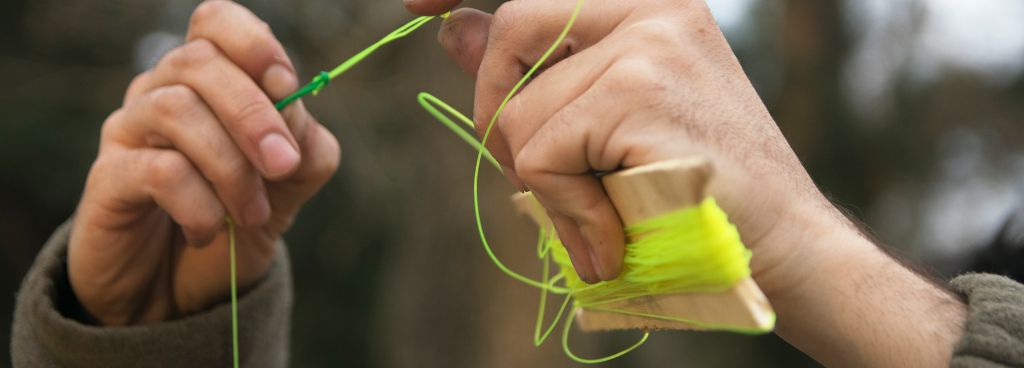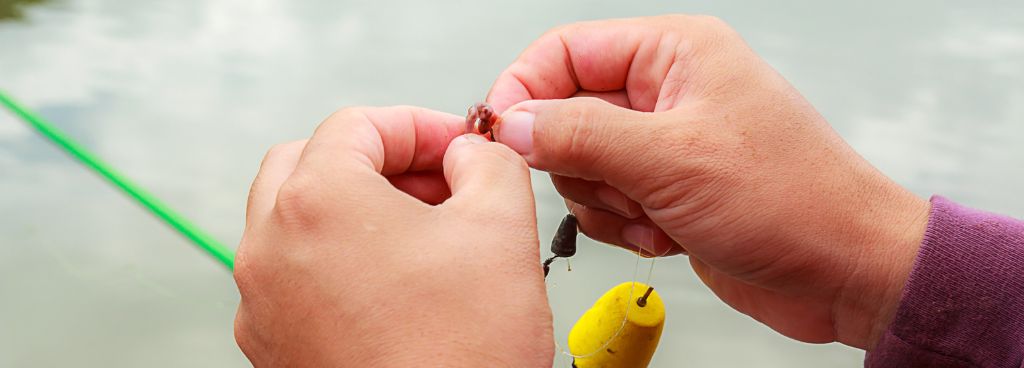Stories Worth Reeling In...
Last Updated on October 17, 2023
Have you ever wondered if it’s possible to use a fishing line that’s stronger than your gear? It’s a common question among anglers who want to maximize their chances of landing big fish.
In this guide, we’ll explore its implications, and help you understand the crucial relationship between line strength and gear compatibility. So, let’s dive in and uncover the facts about using a fishing line that’s stronger than your gear!
Table of Contents
Fishing line strength plays a crucial role in the overall performance of your gear setup. It refers to the maximum force or weight a fishing line can withstand before breaking. Different fishing techniques and target species require specific line strengths to ensure optimal results.
Using a fishing line that’s stronger than your gear can lead to a range of potential consequences. Firstly, it may cause damage to your rod and reel, especially if they are not designed to handle the increased tension and stress. This can result in compromised performance and a shorter lifespan for your equipment.
Casting performance can be negatively impacted when using a line that’s significantly stronger than your gear. The mismatch in power can make it more challenging to achieve accurate casts and control the line’s movement.
Using a fishing line that’s too strong for your gear increases the risk of line breakage. While it may seem advantageous to have a higher breaking strength, it can put excessive strain on your gear during a fight with a fish, leading to unexpected line failures and lost catches.

One crucial consideration is the target fish species you’re pursuing. Different species have varying strengths and fighting capabilities, requiring different line strengths to handle them effectively. For example, smaller freshwater fish may require lighter line strengths, while larger saltwater species may demand heavier lines to withstand their powerful pulls.
Specific angling techniques, such as trolling, casting, or bottom fishing, may have their own recommended line strength ranges. For example, trolling for large fish typically requires heavier line strengths to withstand forceful strikes and prolonged fights.
Consider the rod’s power and action, the reel’s drag system, and the overall setup’s compatibility with the selected line strength. The rod should have sufficient backbone to handle the fish’s pulling power, while the reel’s drag system should provide smooth and adjustable resistance.

One of the main concerns is reduced sensitivity. Using an overly strong line can dampen the sensitivity of your setup, making it harder to detect subtle bites or changes in underwater conditions. This can result in missed opportunities and decreased catch rates.
Another drawback is decreased casting distance. A fishing line that’s heavier than what your gear is designed for can hinder your casting performance. The added weight and resistance can limit the distance and accuracy of your casts, making it more challenging to reach desired fishing spots or cover larger areas effectively.
Using overly strong fishing line can compromise your fish-fighting abilities. A balanced setup ensures that the rod, reel, and line work harmoniously during the fight. When the line is much stronger than the gear, it can create an imbalance, reducing your control over the fish and potentially increasing the risk of line breakage or equipment failure.
To help you make informed decisions, here are some recommendations for specific fishing scenarios:
To determine the right line strength, check your rod and reel’s specifications, often indicated on the equipment itself or in the manufacturer’s documentation. Match your fishing line’s pound test (breaking strength) within the recommended range for your gear.
There may be some exceptions when using stronger line is acceptable, but these exceptions depend on the particular gear and fishing situation. It’s crucial to consult the manufacturer’s guidelines for your rod and reel and consider the type of fishing you’re doing.
To minimize equipment damage while using a slightly stronger line, ensure your drag system is properly adjusted. This allows the line to release when the fish pulls too hard, reducing the risk of damaging your rod and reel.
It is critical to utilize the correct line for the matching power. If you use a light line on a heavier rod, you are much more likely to break the line on a fish. If you use too much line on a light rod, it is possible that the rod will break.
When selecting a fishing line, it’s crucial to consider your fishing goals, gear specifications, and target fish species. Assessing these factors allows you to choose the appropriate line strength that strikes the right balance between strength and sensitivity. By doing so, you can optimize your gear’s performance and increase your chances of landing that trophy catch.
Thank you for joining on this journey to explore the world of fishing line strength and gear compatibility. I hope this guide has provided you with valuable information to enhance your fishing adventures. Tight lines and happy fishing!